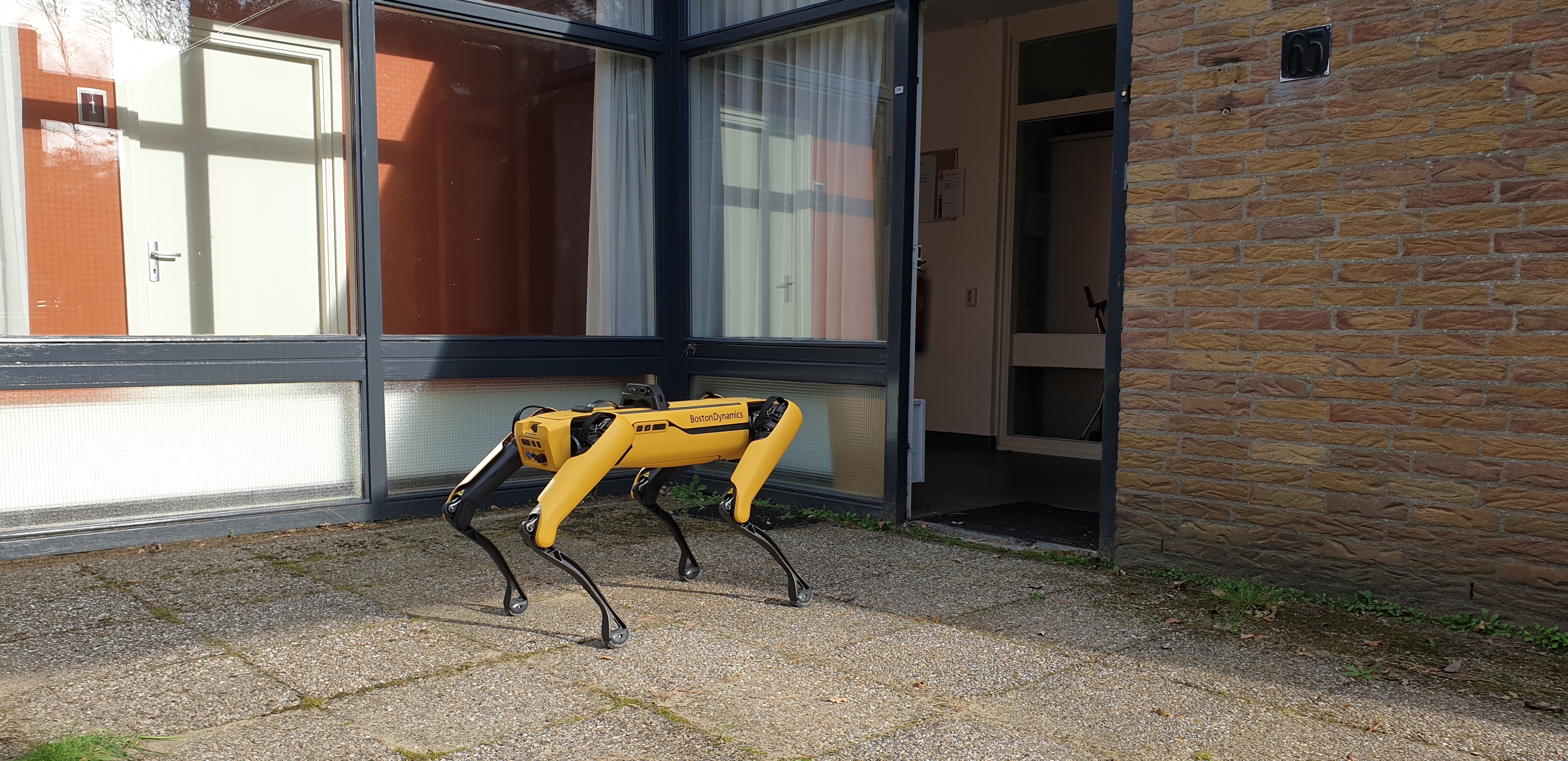The team at TNO set out to combine knowledge of human driving — e.g. ethics, laws, norms, preferences, common environmental understanding — with the technological side of autonomous driving — e.g. control theory, data-driven AI, black-box algorithms (DNN), and end-to-end learning. To achieve this and be able to reason over the collective knowledge, they used TypeDB.
An example where the combination of this knowledge demonstrates its value is when hardcoded knowledge meets contextual knowledge of a given situation in time. Let’s say an autonomous vehicle is programmed to drive slower in school zones, obviously needed for safety, but what about when the school is closed? Does the vehicle still need to drive at a slower speed?


